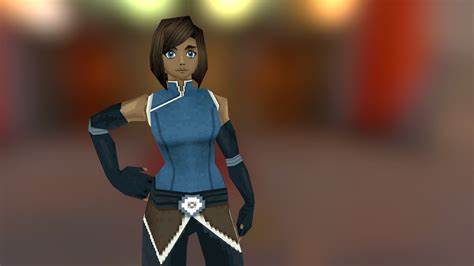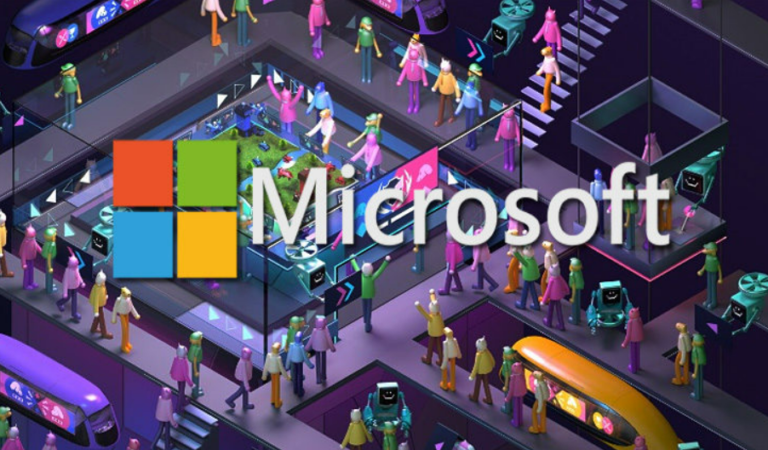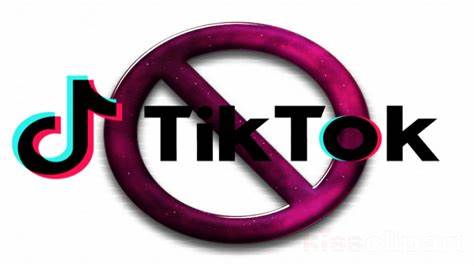Introduction:
Microsoft Teams is one of the most widely used communication and collaboration tools used by businesses and organizations worldwide. It offers an extensive range of features such as video and audio calls, screen sharing, file sharing, and more. The latest addition to these features is the ability to create 3D avatars for users. These 3D avatars offer a new and engaging way for users to communicate and collaborate with their team members. In this blog post, we will discuss why Microsoft Teams users should upgrade to 3D avatars, the benefits and drawbacks of this feature, and answer some frequently asked questions about it.
Important Points:
Before diving into the details, let’s go over some important points that are relevant to this topic:
- Microsoft Teams 3D avatars are currently only available for Microsoft Teams desktop app users.
- The feature allows users to create a 3D avatar that can be used in meetings, calls, and chats.
- Users can customize their avatar’s appearance, including hair, clothes, and accessories.
- The 3D avatars are animated and can mimic users’ facial expressions and movements.
FAQ’s:
What are the technical requirements to use Microsoft Teams 3D avatars?
To use Microsoft Teams 3D avatars, you need to have the latest version of Microsoft Teams desktop app installed on your computer. You also need a webcam and a microphone to use the feature fully.
Can I use the 3D avatars in all types of meetings and calls?
Yes, you can use the 3D avatars in all types of meetings and calls, including one-on-one calls, group calls, and meetings.
Can I use my 3D avatar in chats?
Yes, you can use your 3D avatar in chats, both in private and group chats.
Pros:
- Personalization: One of the biggest advantages of Microsoft Teams 3D avatars is the ability to personalize your avatar’s appearance. Users can choose from a range of hair, clothes, and accessories to create a 3D avatar that closely resembles them.
- Engagement: 3D avatars offer a new and engaging way for users to communicate and collaborate with their team members. They can add an element of fun to meetings and calls, making them more enjoyable and productive.
- Non-verbal communication: 3D avatars can mimic users’ facial expressions and movements, allowing for non-verbal communication in meetings and calls. This can be especially helpful in situations where users may not want to or can’t turn on their camera.
- Accessibility: 3D avatars can be a great option for users with disabilities or those who may feel uncomfortable showing their face on camera. It can also be a useful tool for users who work remotely or in different time zones.
Cons:
- Limited availability: Microsoft Teams 3D avatars are currently only available for desktop app users. This means that users who primarily use the mobile app may not be able to take advantage of this feature.
- Technical issues: Like any new feature, Microsoft Teams 3D avatars may have some technical issues that need to be worked out. Users may experience glitches, freezes, or other issues that could impact the quality of their meetings and calls.
- Limited functionality: While Microsoft Teams 3D avatars offer a new and engaging way for users to communicate, they may not be suitable for all types of meetings and calls. Some users may prefer to see their team members’ faces, especially in situations where non-verbal communication is essential.
Final Conclusion:
In conclusion, Microsoft Teams 3D avatars are an exciting new feature that can enhance communication and collaboration among team members. They offer a new and engaging way for users to personalize their online presence and make meetings and calls more enjoyable. However, there are also some drawbacks to consider, such as limited availability, technical issues, and limited functionality.
Ultimately, the decision to upgrade to Microsoft Teams 3D avatars depends on the individual user’s preferences and needs. If you enjoy personalizing your online presence and want to add some fun to your meetings and calls, then upgrading to 3D avatars may be worth considering. However, if you prefer to see your team members’ faces or have concerns about technical issues, then sticking to traditional video calls may be the better option for you.
Overall, Microsoft Teams 3D avatars are a welcome addition to the platform, and they have the potential to improve communication and collaboration among team members. As with any new feature, there may be some kinks to work out, but we look forward to seeing how users will utilize and benefit from this new feature in the future.






